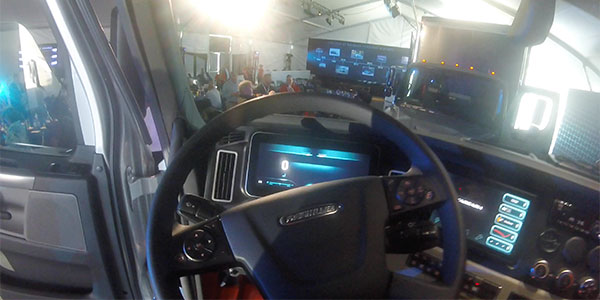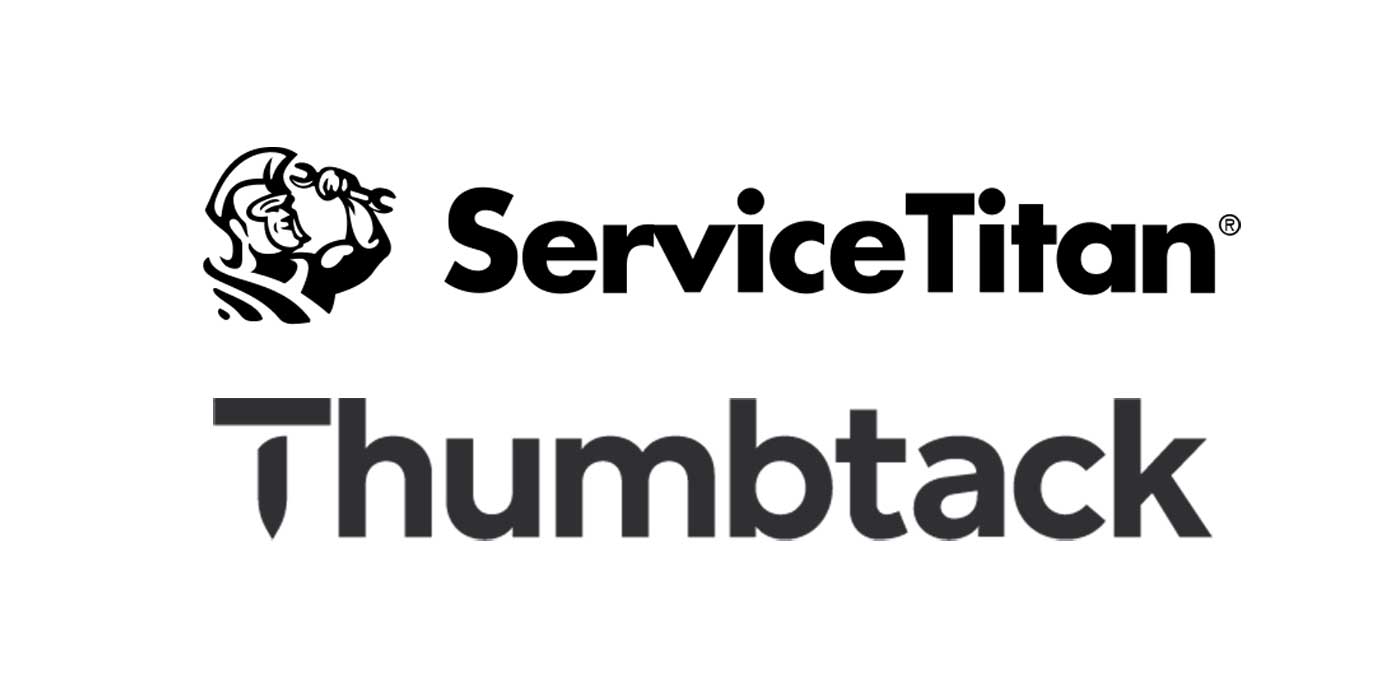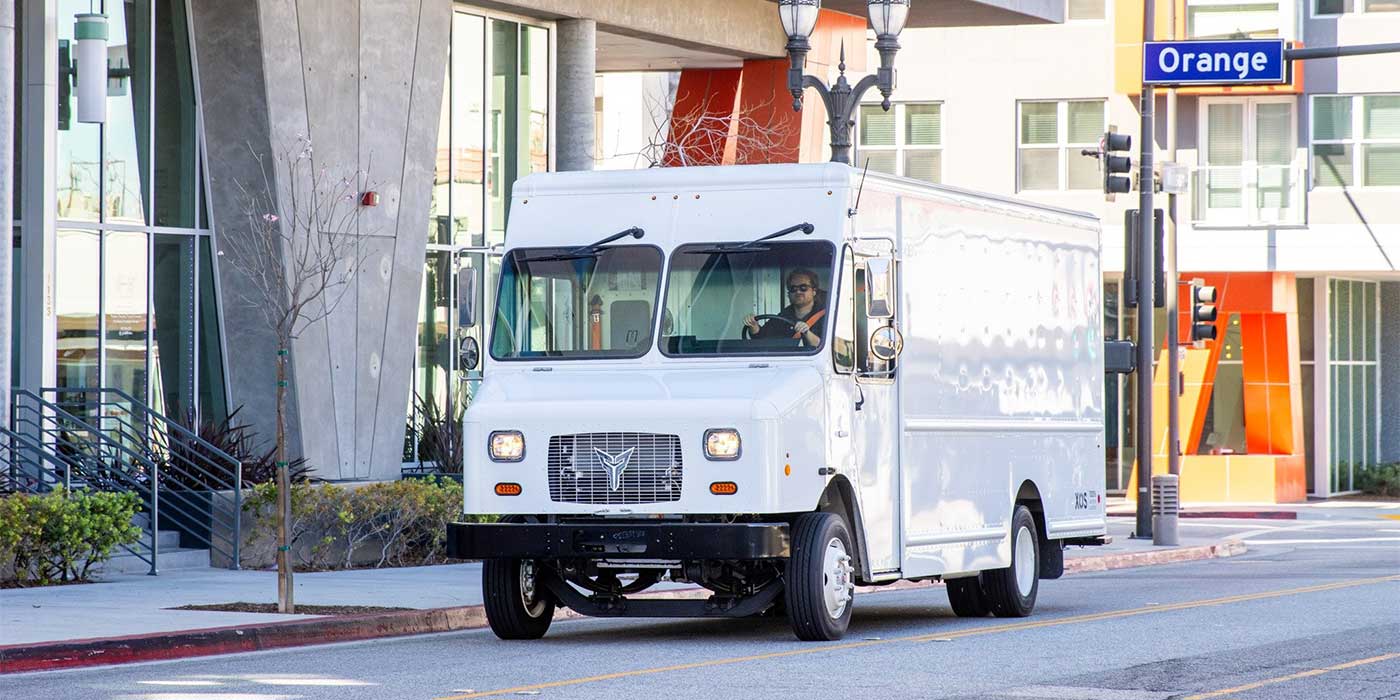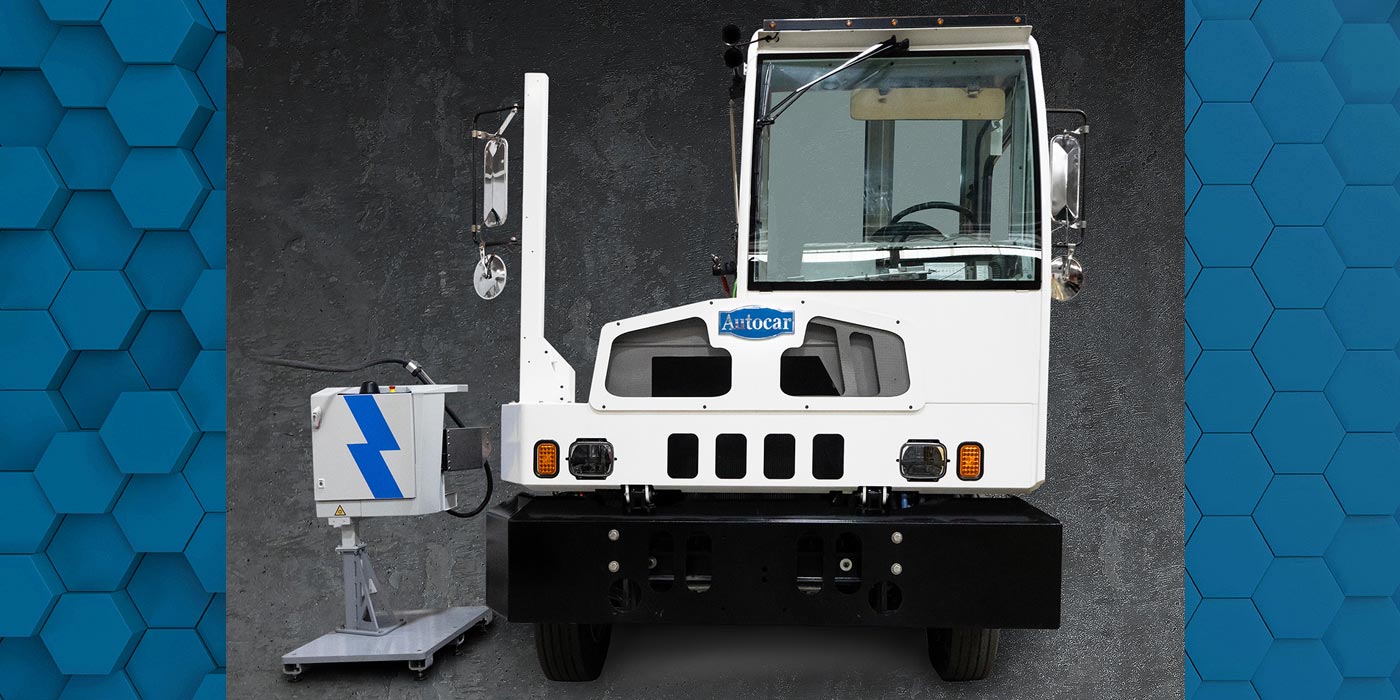As an end user, it’s easy to take technology for granted. As soon as it shows up and works effortlessly, we assume that it has always been this way. But the seemingly limitless solutions new equipment and technology provide were brought to the market through the countless endless hours of hard-working engineers; engineers like Dr. Rainer Müller-Finkeldei, who was recently appointed senior vice president of engineering and technology at Daimler Trucks North America (DTNA).
He has grown from an in-the-weeds engineer working on artificial intelligence vehicles control (mostly within the powertrain), since well before it was the headline-grabbing technology it is today, to the leader of DTNA’s engineering and technology direction as an operating committee member, replacing Dr. Wilfried Achenbach who will retire after a 10-year tenure. DTNA put Müller-Finkeldei in front of trucking journalists during a virtual video roundtable to talk automated driving, electric trucks, diesel engines, connectivity and his view moving forward. Here’s what he had to say.
On automated driving challenges and the road ahead
In January 2019, Martin Daum, member of the board of management with responsibility for Daimler Trucks and Daimler Buses, stated that DTNA would have Level 4 automated trucks on the road in specific applications within 10 years. That was more than a year and a half ago, so what does Müller-Finkeldei see coming down the road for automated truck technology?
“We are convinced that hub-to-hub delivery on known routes where we have exact mapping of routes and where we can make sure the vehicle is in a safe-state when it starts and can closely monitor the vehicles has a good chance of being where Level 4 automated driving is technically possible and really makes sense,” Müller-Finkeldei said. “Yes, it’s still a ways out. There are still some problems to solve with our partner and now DTNA family member, Torc Robotics.
“We are learning every day and automated trucks are out on the road collecting data every day in an autonomous mode—of course with a safety driver on board, but we have them out on the highways every day, and we are learning every day.
“And I’m pretty confident that we can make this happen in this decade.”
(Take a look at the Level 2 automated driver assistance systems currently in the Cascadia in the video below.)
On electric trucks entering the market
On Aug. 3, Freightliner announced that its 30-vehicle Innovation Fleet of battery electric medium- and heavy-duty trucks has accumulated more than 300,000 miles in real-world use by customers. There are still plenty of unknowns facing their use, infrastructure and charging to name a few.
“The fleet that we have running—I don’t want to call it a demo fleet; it’s a real, productive fleet. It’s transporting goods every day,” Müller-Finkeldei said. “The crucial thing is that it’s not enough to simply have an electric driven truck with batteries and an electric motor. You have to have the full environment and infrastructure. For us, we have to work with our customers, right from the beginning to figure out: Is their application suitable for electric drive vehicles in terms of range? Does the customer have the possibility to return the vehicles to a central hub every day, and enough time to do the recharging? We’re working with our customers to build the needed infrastructure.
“If you look at today’s equipment situation, the cost of the technology is still too high to compete on an economical basis with conventional vehicles with diesel engines,” he continued. “We are working on what we call Generation Two, which will be, component wise, a classical series development component. And then we’re looking ahead to advancements in technology. For example, batteries. Batteries will be the dominant factor in the cost of the vehicle.”
On the development of new diesel engine technology
Alternative powertrain technology is fun to talk about but the trucking world, and most definitely DTNA customers, run on diesel. So what’s on the road ahead for diesel development?
“We are focusing on continuing to deliver fuel economy benefits every two years,” he said. “We closely monitor what’s happening on the regulation side in terms of emissions requirements, but our primary focus is on fuel economy because that’s money in our customers’ pockets.”
On the impact of connectivity
New technology and equipment is great, but right now as fleets fight to make ends meet, diving into new applications and duty cycles with existing equipment, Müller-Finkeldei pointed to connected solutions in the way of telematics and remote diagnostics that can help keep current Freightliner and Western Star trucks running productively.
“What we’re focused on is: How can we use data not only to improve uptime, but also to provide advice and guidance to our customers as to how they can improve their business even more? For example, helping them understand how to train drivers to get even better fuel economy or make the best use of all of the available safety systems,” he said.
“I’m very much convinced there is still potential for finding efficiencies and savings for our customers,” he continued. “We have a very dedicated team that work with other parties outside the company because in the telematics domain, there are very interesting partners to team up with.”
On the role of Platform Science
One of those companies is Platform Science. In May, Daimler Truck AG made an investment in Platform Science; news about the development of that partnership has been quiet since then, but Müller-Finkeldei provided a peek behind the curtain.
“I got to know Platform Science about two years ago, and we started on software projects together. I was impressed with their knowledge and their speed,” he said. “We’ve been working on a new HMI [human-machine interface], a display only style.” (You can see this in the picture below.)
“At one point we gave them a vehicle and said, here’s the hardware, you can give it a try and use our SDK [software developer kit] to include your application on our platform, and it only a took them a few weeks until they showed us that they had our vehicle where their application was fully integrated into our display.

“So they are very good at integrating even more third-party applications, using our SDKs, into the vehicle. From a customer perspective, this doesn’t look like a retrofit put in the vehicle. It’s fully integrated; the same look and feel. With Platform Science we found a very good partner to do that with.”
On trucks becoming smarter through data
“No smartphone OEM would ever think of doing every application on its own,” he said. “They all started with an ecosystem where they can put their content in but also open up for others to make their content available, and that’s exactly the chance we have here by partnering with Platform Science, and others, to get that into our trucking domain.”
On what comes next
Müller-Finkeldei’s first big foray into North American trucking headlines will come this fall in the form of a new Western Star vocational truck–the first truck that will reflect DTNA’s recent shift from a product-focused market strategy to an application strategy that puts the focus on on-highway and vocational segments. Müller-Finkeldei was tight-lipped about the details, but keep it tuned to FE for the product details when they’re unveiled soon.













